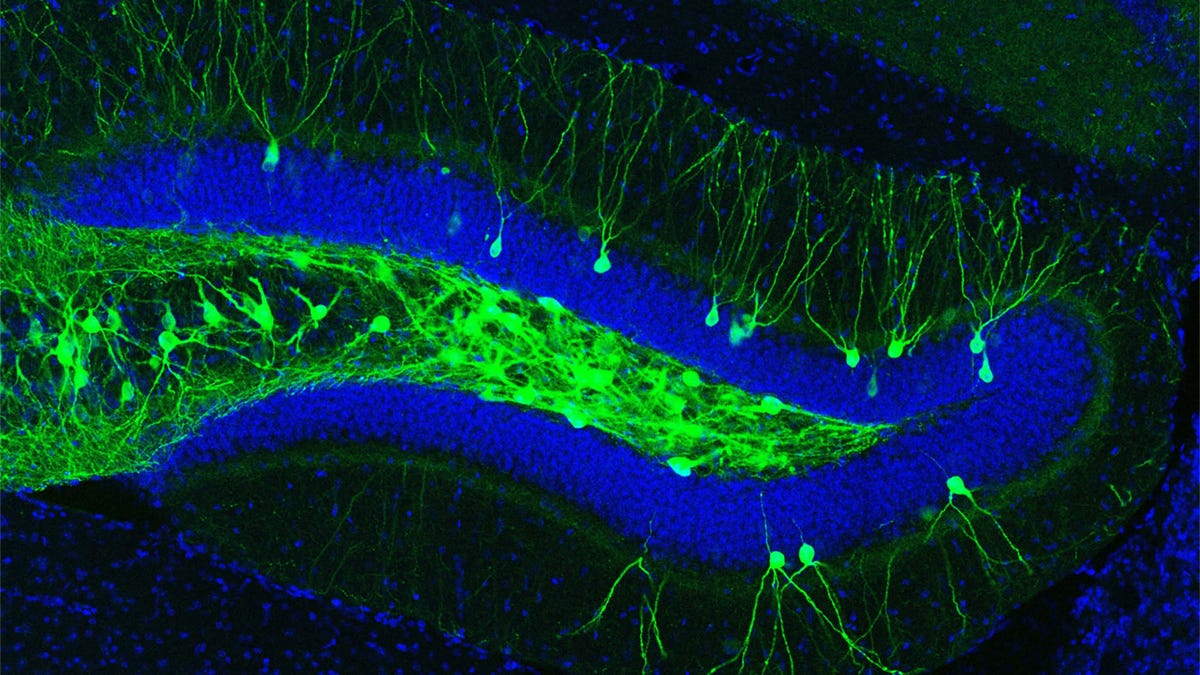Let there be light: Lost memories restored to Alzheimer's mice
Researchers have discovered that memories "lost" to Alzheimer's disease remain in the brain, and can be retrieved with light.
The memories that seem to disappear when a patient has Alzheimer's disease may not necessarily be lost forever. A team of researchers has demonstrated that they may also be retrieved.
Led by Susumu Tonegawa at the RIKEN-MIT Center for Neural Circuit Genetics, the team has successfully used a technique called optogenetics to restore memories to lab mice with Alzheimer's disease. This indicates that Alzheimer's disease affects memory retrieval, rather than formation and storage. It also shows promise that the condition's associated memory loss may be reversible in humans.
Optogenetics is an invasive technique that involves directing precise bursts of light at genetically tagged cells. This can be used to control neural activity, and cannot currently be used on humans.
"This a proof of concept," Susumu said in a statement. "Even if a memory seems to be gone, it is still there. It's a matter of how to retrieve it."
The team determined that dendritic spines are essential for memory retrieval (at least in mice). These are tiny protrusions on a neuron responsible for forming synaptic connections. Usually dendritic spines form naturally when a new memory is generated.
In the case of the Alzheimer's mice, these dendritic spines dwindled as the disease progressed. Through the use of fibre-optic light stimulation, the team was able to regrow these spines, and the mice's memories were restored.
In particular, the team subjected both the Alzheimer's mice and a control group of mice to a chamber where they received a small shock. An hour later, both groups of mice reacted with fear to the chamber. However, several days later, only the non-Alzheimer's control group reacted with fear, indicating that the Alzheimer's mice had forgotten the chamber.
The team used viruses to tag the brain cells active when the mice were frightened, allowing the researchers to visually identify the neurons that were involved in the memory. A second virus made those neurons sensitive to light. When the team reactivated those cells with light, the Alzheimer's mice showed fear.
"Directly activating the cells that we believe are holding the memory gets them to retrieve it," said lead author Dheeraj Roy. "This suggests that it is indeed an access problem to the information, not that they're unable to learn or store this memory.
However, memories activated with this method faded within a day. It was then that the team linked the fading memories to the loss of dendritic spines.
Next, they used high-frequency bursts of light to stimulate the growth of dendritic spines. They were able to increase the number of spines until it was indistinguishable from the control group of mice. In addition, the fear response to the chamber returned, and remained for up to six days.
However, if too large a section of the brain is targeted by the optogenetic treatment, it does not work. This suggests that any treatments of this nature need to be very precise and targeted. While optogenetics is able to reach this level of precision, it is too invasive for human treatment, since light needs to be shone into the brain. Deep-brain stimulation, which can be used on humans, is simply not precise enough.
"It's possible that in the future some technology will be developed to activate or inactivate cells deep inside the brain, like the hippocampus or entorhinal cortex, with more precision," Tonegawa said. "Basic research as conducted in this study provides information on cell populations to be targeted, which is critical for future treatments and technologies."


